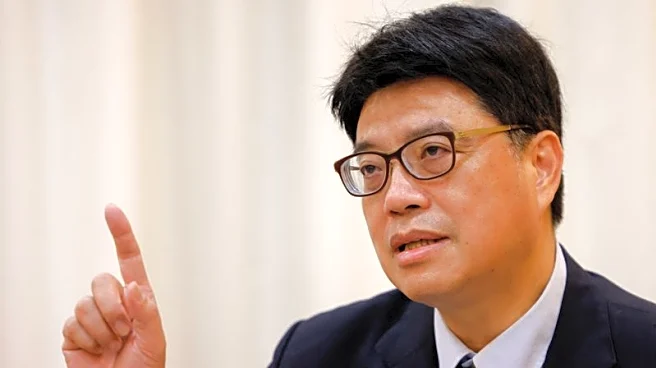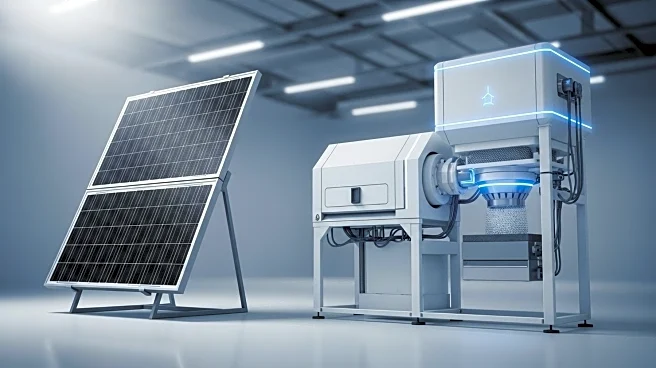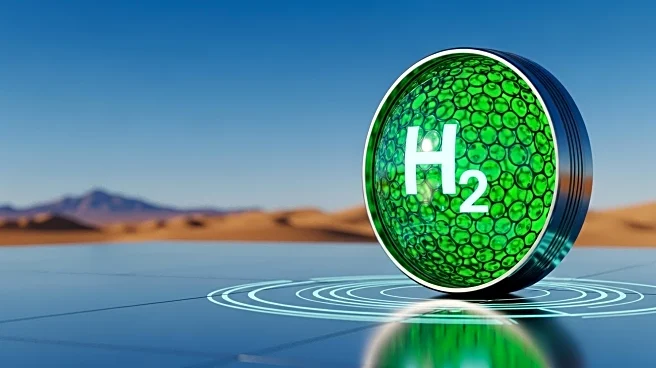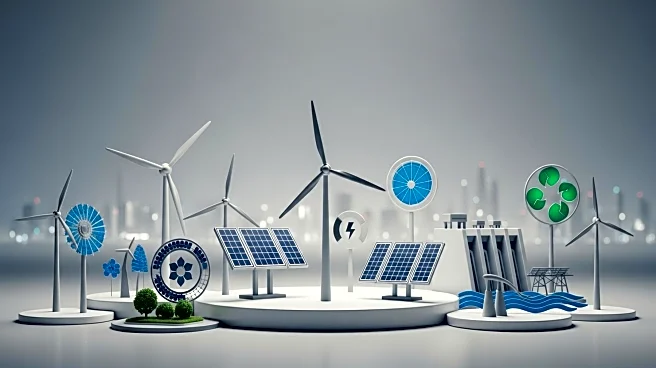What is the story about?
What's Happening?
Researchers at National Taiwan University have developed a new piezoelectric energy harvesting system that converts ambient vibrations into electricity. Led by Professor Wei-Jiun Su, the team introduced a 'stretch-mode' design that enhances efficiency by using a thin PVDF film stretched like a drumhead. This design allows the entire surface to flex and generate electricity, capturing more power from everyday vibrations. A small sliding weight within the system adjusts automatically to changes in vibration intensity, optimizing the harvester's natural frequency.
Why It's Important?
This innovation in energy harvesting technology could have significant implications for sustainable energy solutions. By efficiently converting ambient vibrations into electricity, the system offers a potential method for powering small devices and sensors without relying on traditional energy sources. This could lead to advancements in self-sustaining technologies, reducing dependency on batteries and external power supplies, and promoting environmental sustainability.
What's Next?
The next steps for the Taiwanese research team may involve scaling the technology for broader applications and testing its effectiveness in various environments. Potential stakeholders, including technology companies and environmental organizations, might explore partnerships to integrate this system into existing products or develop new applications. Further research could focus on enhancing the system's adaptability and efficiency.
Beyond the Headlines
The development of this self-tuning energy harvesting system highlights the growing interest in renewable energy technologies. It underscores the importance of innovation in addressing global energy challenges and the potential for piezoelectric materials to play a crucial role in future energy solutions.
AI Generated Content
Do you find this article useful?














